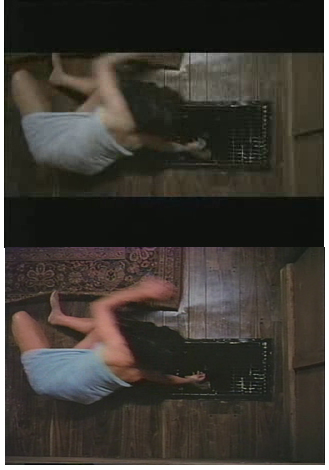Okay... just one more update on this whole malware silliness. As you should no doubt be aware by now if you can read this, there IS NO MALWARE on The Bits. It turns out that, unknown to us, a third-party banner on our site was somehow linking to a URL that was reported as malicious by Google. That caused Google to flag us as an attack site, and malware warnings about The Bits to appear on many browsers. We quickly removed that banner and all code and links associated with it, and we've fully scanned and double-checked the whole site. We also requested a review by Google, and they've now checked the site themselves and verified that The Bits has no malware - it's 100% safe as usual. So they're now in the process of lifting the warning flag, and all the browser warnings should stop over the next few hours. My first reaction is, I'm really glad Google is so on top of this stuff! I'm actually really impressed with how quickly they responded on both ends. My hats off to them. Sorry about the inconvenience to all of you, but as I said earlier, this is just the kind of silly thing you have to deal with on the Interweb. So there you go.



